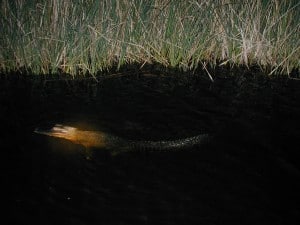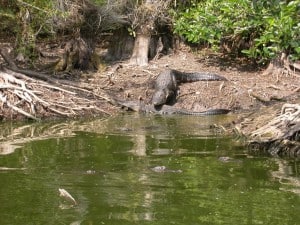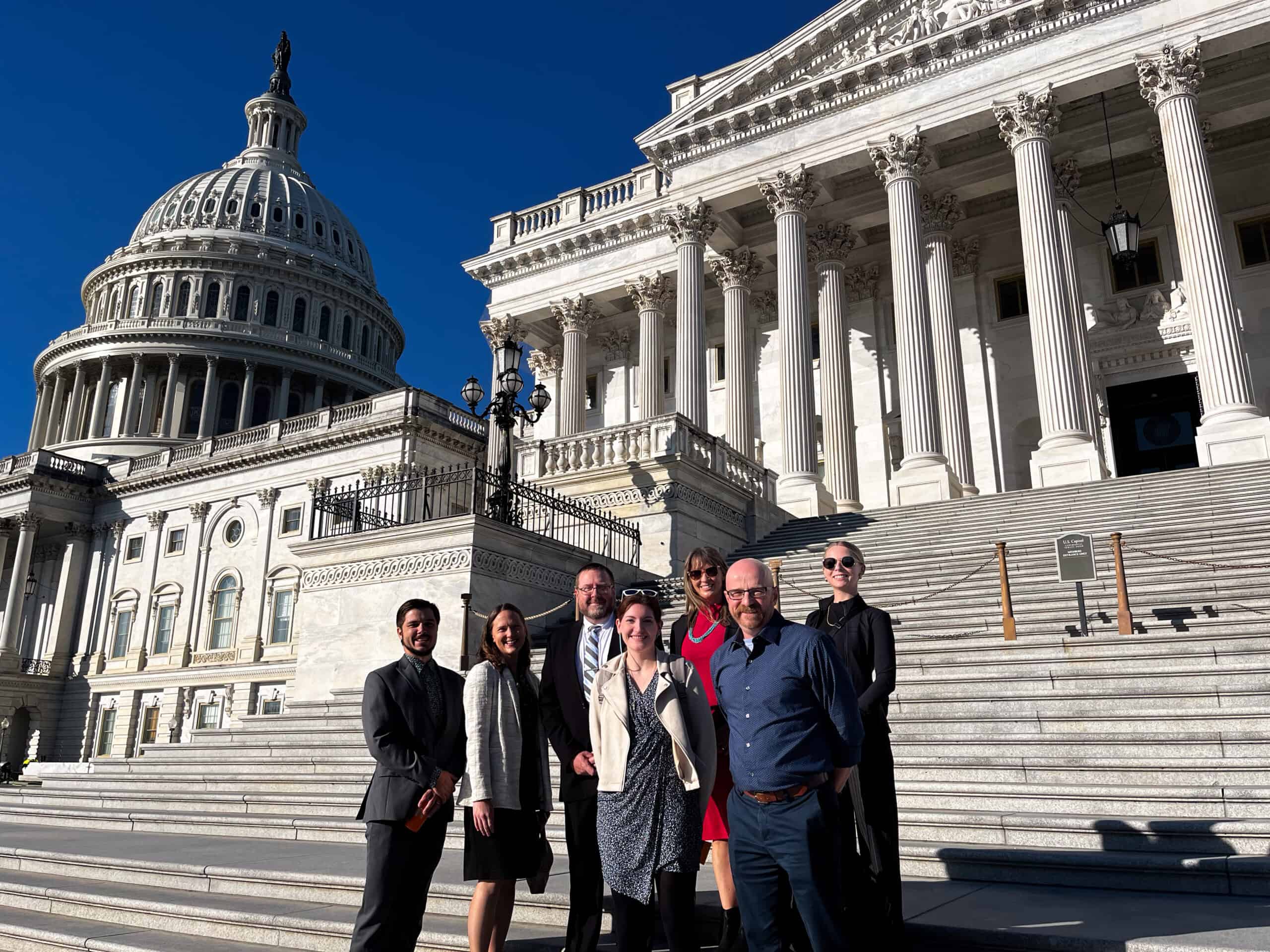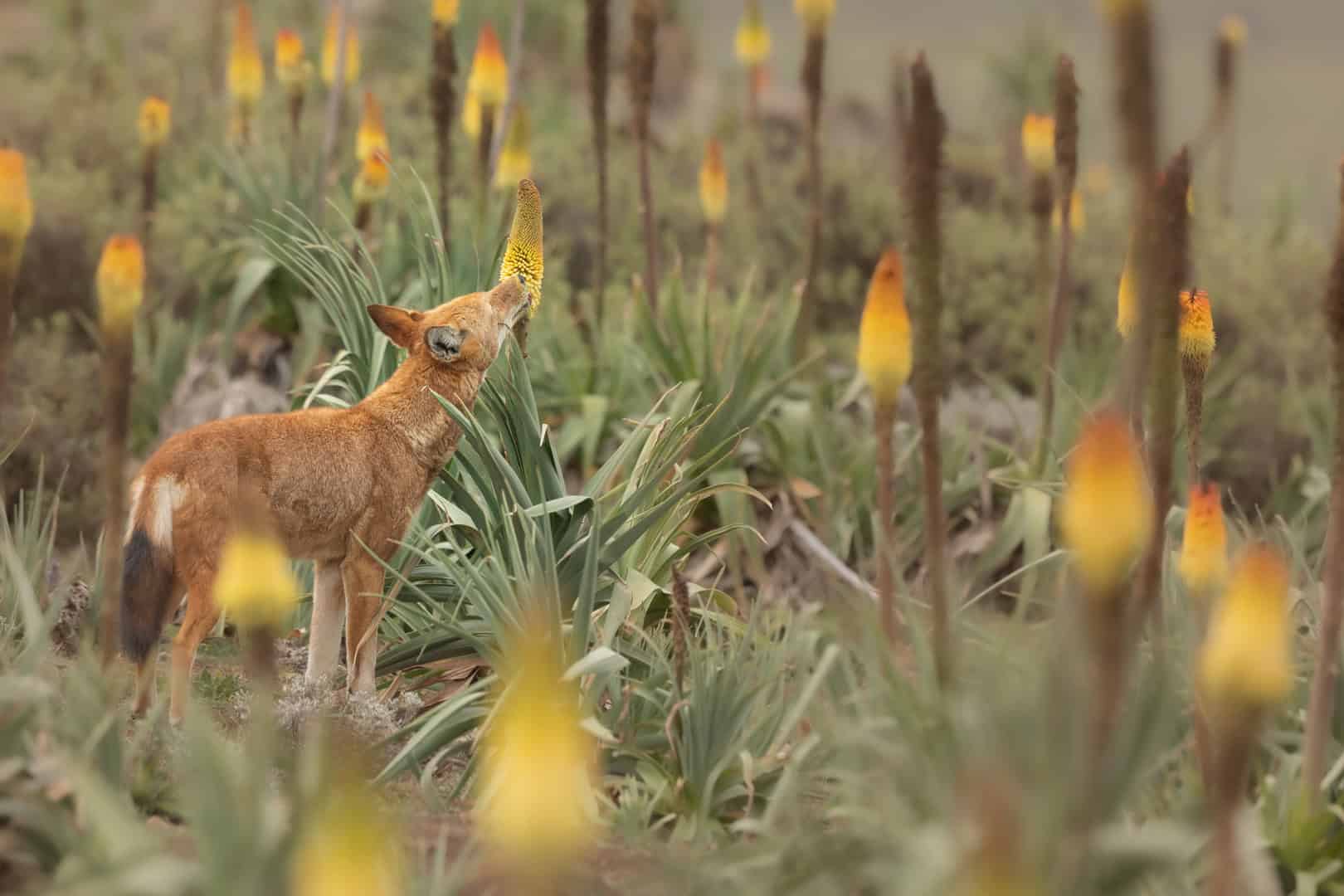Share this article
Alligator Numbers Sink With Dry Periods in Everglades
The Florida Everglades are a very exciting place at night, according to Hardin Waddle. The frogs are calling, and all kinds of birds and other animals are out. But Waddle, a research ecologist with the United States Geological Survey, has collaborated with Laura Brandt, a wildlife biologist with the U.S. Fish and Wildlife Service who has spent the last decade riding through the waterways of the Arthur R. Marshall Loxahatchee National Wildlife Refuge in an airboat in search of a different type of wildlife — American alligators (Alligator mississippiensis).
“Alligator behavior and habitat use is linked to hydrology, and when that hydrology changes, alligator behavior and habitat can change,” said Waddle, lead author of a recent study published in Wetlands journal that examines the impact of dry years on alligator populations. “They don’t need it wet all the time, but if dry events increase in frequency and intensity, this could be problematic for alligator numbers in the greater Everglades ecosystem.”
As part of the study, coauthor Brandt, and sometimes Waddle, conducted nighttime surveys (when, Waddle says, the animals are less “flighty”) tracking the alligators in the swamp.
“Their eyes are bright red — you can see them from a very long distance away,” he said. “It’s similar to a reflector on a car.”
They found that while alligator populations increased overall in the area, numbers would drop during extreme dry periods.
“It’s easier for them to feast in dry periods,” he said, since they tend to benefit from smaller ponds with more concentrated prey. “But they don’t benefit from extreme dry periods.”
This is important, he said, due to the fact that the gators are the top native predator in the area. They also create habitat through digging so-called gator holes into the ground, which act as refuges for fish and other aquatic animals.
“They create water refuges during the dry season,” he said. Gators also provide hunting opportunities in some parts of the Everglades, and are “the iconic species that people care a lot about.”
But understanding how their populations rise and fall during different wetland conditions is important because it can give ecosystem managers an idea of how wetland restoration projects are working.
“The hydrology matters for alligators and extreme dry events can reduce the populations,” Waddle said. “I think of them as ecological indicators.”
Waddle said that some areas are currently too wet while others are too dry due to the digging of canals or agricultural and flood management. To alleviate these problems, he said that a more natural pattern in which some areas go dry while others stay wet creates the best gator habitat, which could have cascading effects in the rest of the ecosystem.
Header Image: Image Credit: Hardin Waddle










